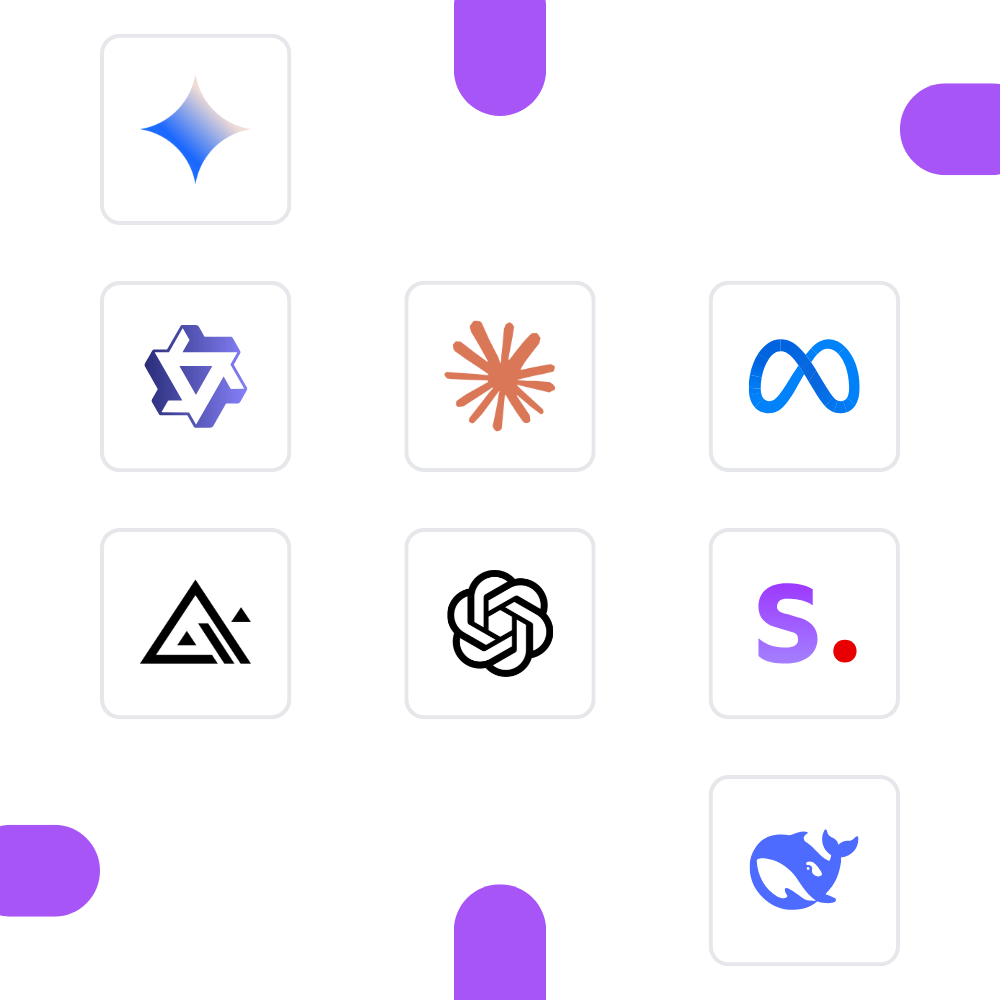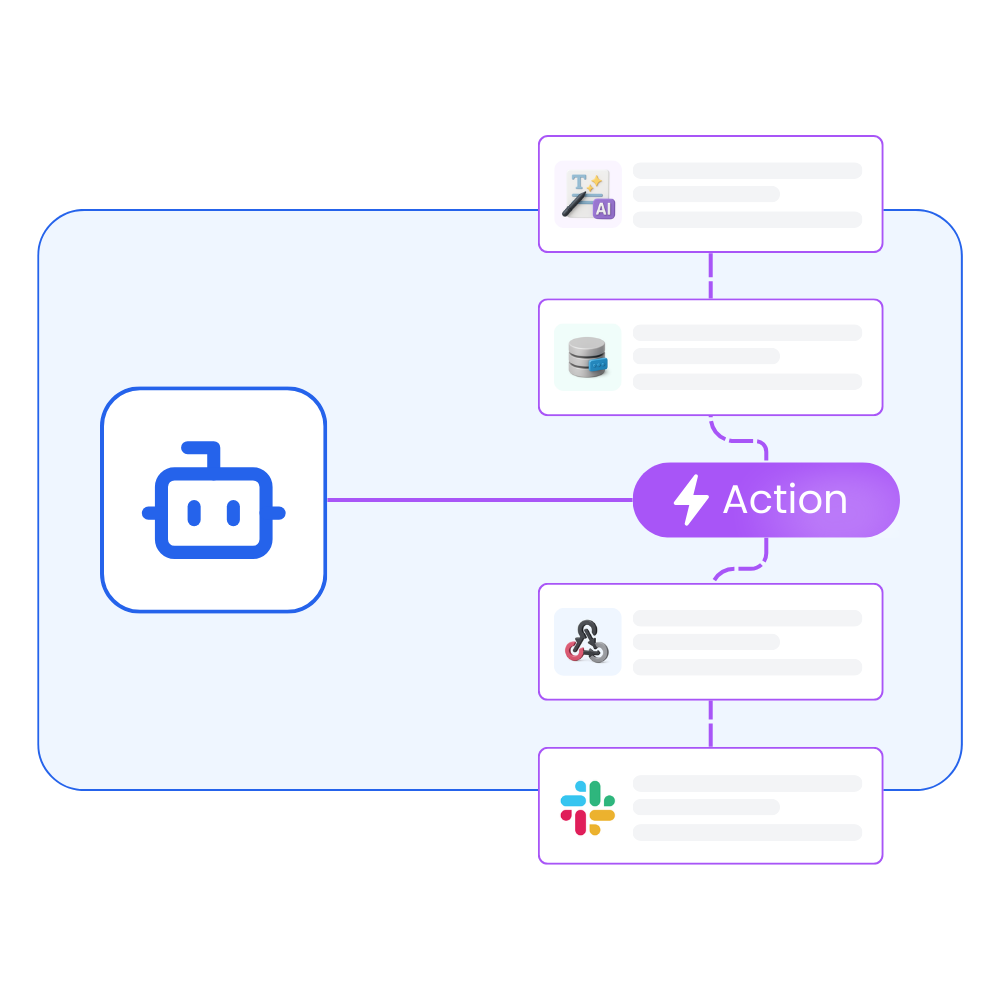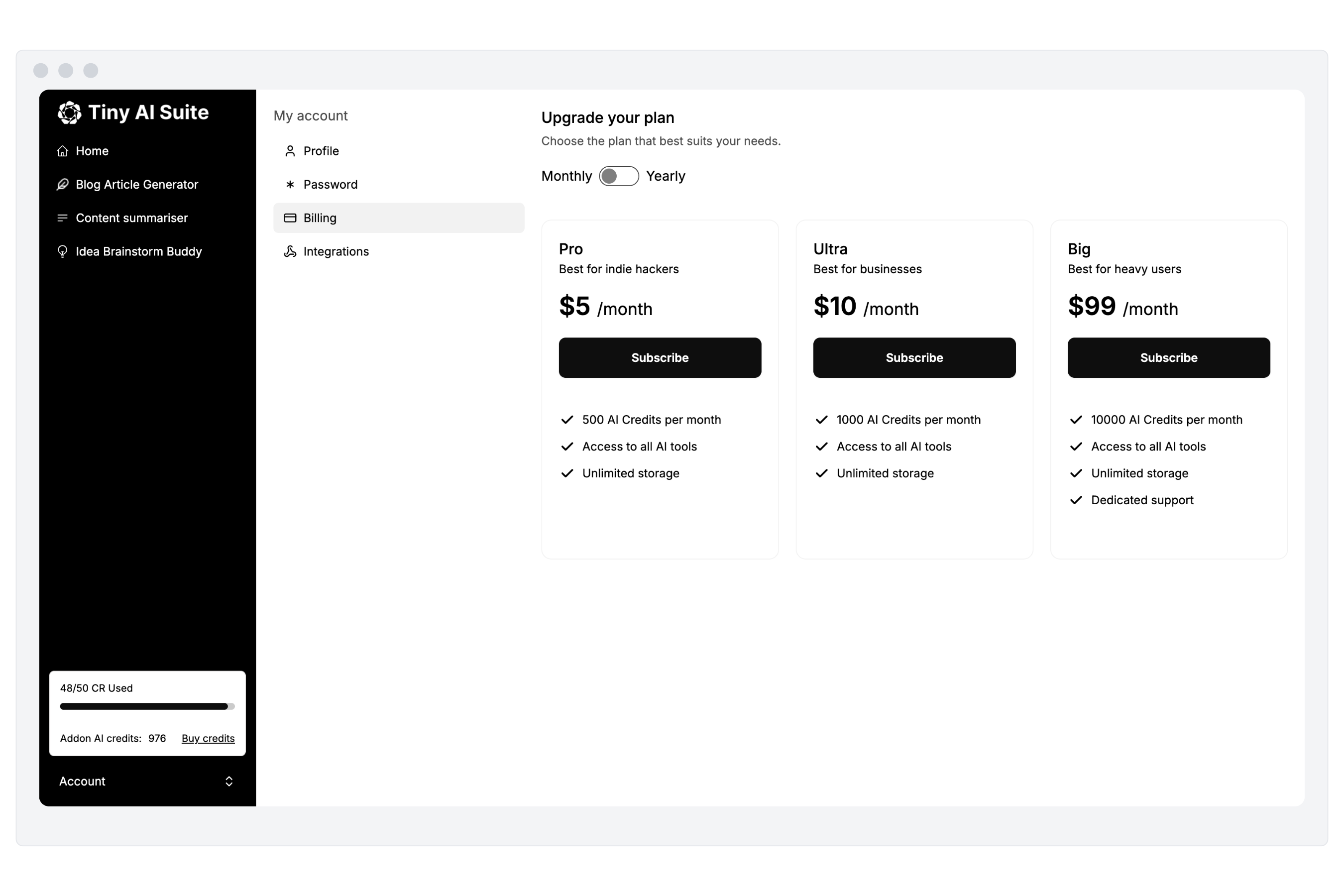GPT-5.1 Codex vs GPT-4.1 Nano
Compare GPT-5.1 Codex and GPT-4.1 Nano. Find out which one is better for your use case.
Model Comparison
| Feature | GPT-5.1 Codex | GPT-4.1 Nano |
|---|---|---|
| Provider | OpenAI | OpenAI |
| Model Type | text | text |
| Context Window | 400,000 tokens | 1,047,576 tokens |
| Input Cost | $1.25 / 1M tokens | $0.10 / 1M tokens |
| Output Cost | $10.00 / 1M tokens | $0.40 / 1M tokens |
Strengths & Best Use Cases
GPT-5.1 Codex
1. Purpose-Built for Agentic Coding
- Designed specifically for environments where the model acts as an autonomous or semi-autonomous coding agent.
- Optimized for multi-step reasoning in code tasks such as planning, refactoring, debugging, file generation, and tool coordination.
2. Enhanced Coding Intelligence
- Extends GPT-5.1's advanced reasoning capabilities to handle complex software architecture decisions.
- Better accuracy in code generation across languages (JavaScript, Python, TypeScript, Go, Rust, etc.).
- Produces cleaner, more idiomatic code aligned with modern frameworks and best practices.
3. Superior Tool Use & Code Navigation
- Excels at reading, understanding, and transforming multi-file codebases.
- Works well with Codex workflows that simulate real developer tooling.
- Strong at following function signatures, constraints, and code patterns within an existing project.
4. Long-Range Context Awareness
- 400,000-token context window enables the model to ingest large repositories or multiple files simultaneously.
- Supports deep analysis of project structures, dependencies, and cross-file logic.
5. Multi-Modal Development Capabilities
- Accepts text + image input and output — suitable for tasks like:
- Reading UI mockups or screenshots to generate code
- Understanding architectural diagrams
- Reviewing images of whiteboard sessions
6. Agentic Workflow Optimization
- Built to manage longer chains of thought and execution typically required in:
- Automated code repair
- Project bootstrapping
- Linting and migration tasks
- Long-running coding agents using planning + execution loops
7. Continually Updated Model Snapshot
- Codex-specific version receives regular upgrades behind the scenes.
- Ensures the latest coding improvements without requiring developers to update model names.
8. Reliable Instruction Following
- Highly consistent in honoring explicit constraints:
- Code styles
- Folder structures
- API contracts
- Framework conventions
9. Broad API Support
- Works across Chat Completions, Responses API, Realtime, Assistants, and more.
- Ideal for apps that need live, reasoning-heavy coding agents or generative dev environments.
GPT-4.1 Nano
1. Ultra-Fast, Low-Latency Performance
- The fastest model in the GPT-4.1 family, ideal for real-time interactions and high-throughput applications.
- Designed for scenarios where speed matters more than complex reasoning.
2. Most Cost-Efficient GPT-4.1 Variant
- Lowest price point among GPT-4.1 models.
- Enables large-scale deployments such as support bots, routing systems, and lightweight assistants without high compute costs.
3. Solid Instruction Following
- Consistent and reliable at following clear instructions.
- Well-suited for:
- Classification
- Simple reasoning
- Data extraction
- Content rewriting
- Chat-style responses
4. Strong Tool Calling Capabilities
- Built with robust support for:
- Function calling
- Structured outputs (e.g., JSON)
- Lightweight automation tasks
- Works well within multi-step agent workflows that rely on simple tools.
5. Basic Multimodal Input
- Supports text and image input.
- Useful for:
- Simple visual recognition
- Alt-text generation
- Reading graphics or screenshots
6. Text-Only Output
- Produces text only, ensuring:
- Clean structured outputs
- High reliability for downstream processing
- Ease of integration into backend systems
7. 1M-Token Context Window
- Supports up to 1,047,576 tokens, allowing:
- Long documents
- Multiple files
- Large prompt memory
- Reduces or eliminates the need for chunking and retrieval in many simple workflows.
8. Ideal Use Cases
- Customer support bots
- Routing and intent detection
- Simple agents and workflow automation
- Content cleanup and rewriting
- Basic Q&A, summaries, and extraction
9. Broad API Integration
- Available across major API endpoints:
- Chat Completions
- Responses
- Realtime
- Assistants
- Fine-tuning
- Supports predicted outputs for reliability and determinism.
Turn your AI ideas into AI products with the right AI model
Appaca is the complete platform for building AI agents, automations, and customer-facing interfaces. No coding required.

Customer-facing Interface
Create and style user interfaces for your AI agents and tools easily according to your brand.

Multimodel LLMs
Create, manage, and deploy custom AI models for text, image, and audio - trained on your own knowledge base.

Agentic workflows and integrations
Create a workflow for your AI agents and tools to perform tasks and integrations with third-party services.
Trusted by incredible people at
All you need to launch and sell your AI products with the right AI model
Appaca provides out-of-the-box solutions your AI apps need.
Monetize your AI
Sell your AI agents and tools as a complete product with subscription and AI credits billing. Generate revenue for your busienss.


“I've built with various AI tools and have found Appaca to be the most efficient and user-friendly solution.”

Cheyanne Carter
Founder & CEO, Edubuddy
Put your AI idea in front of your customers today
Use Appaca to build and launch your AI products in minutes.